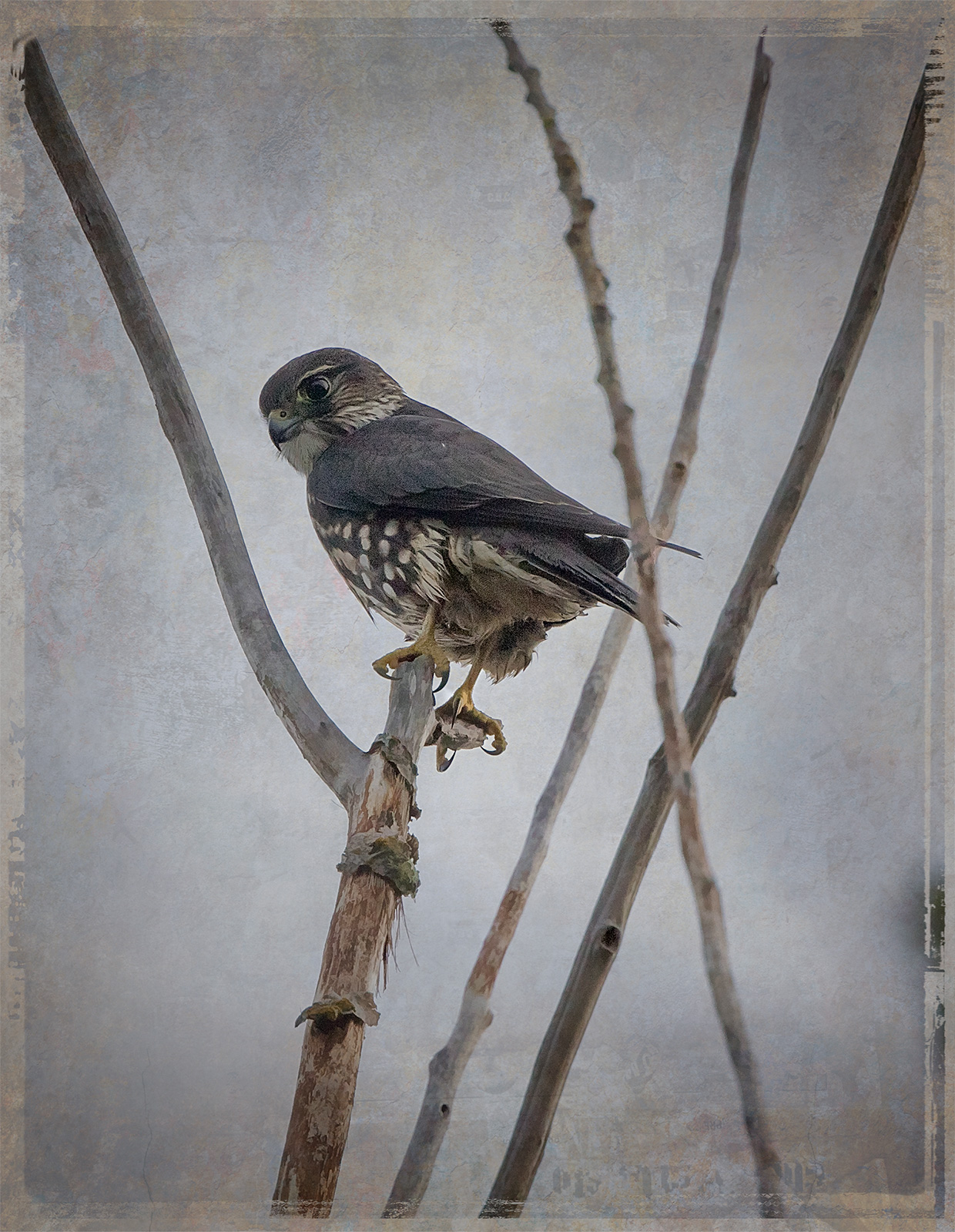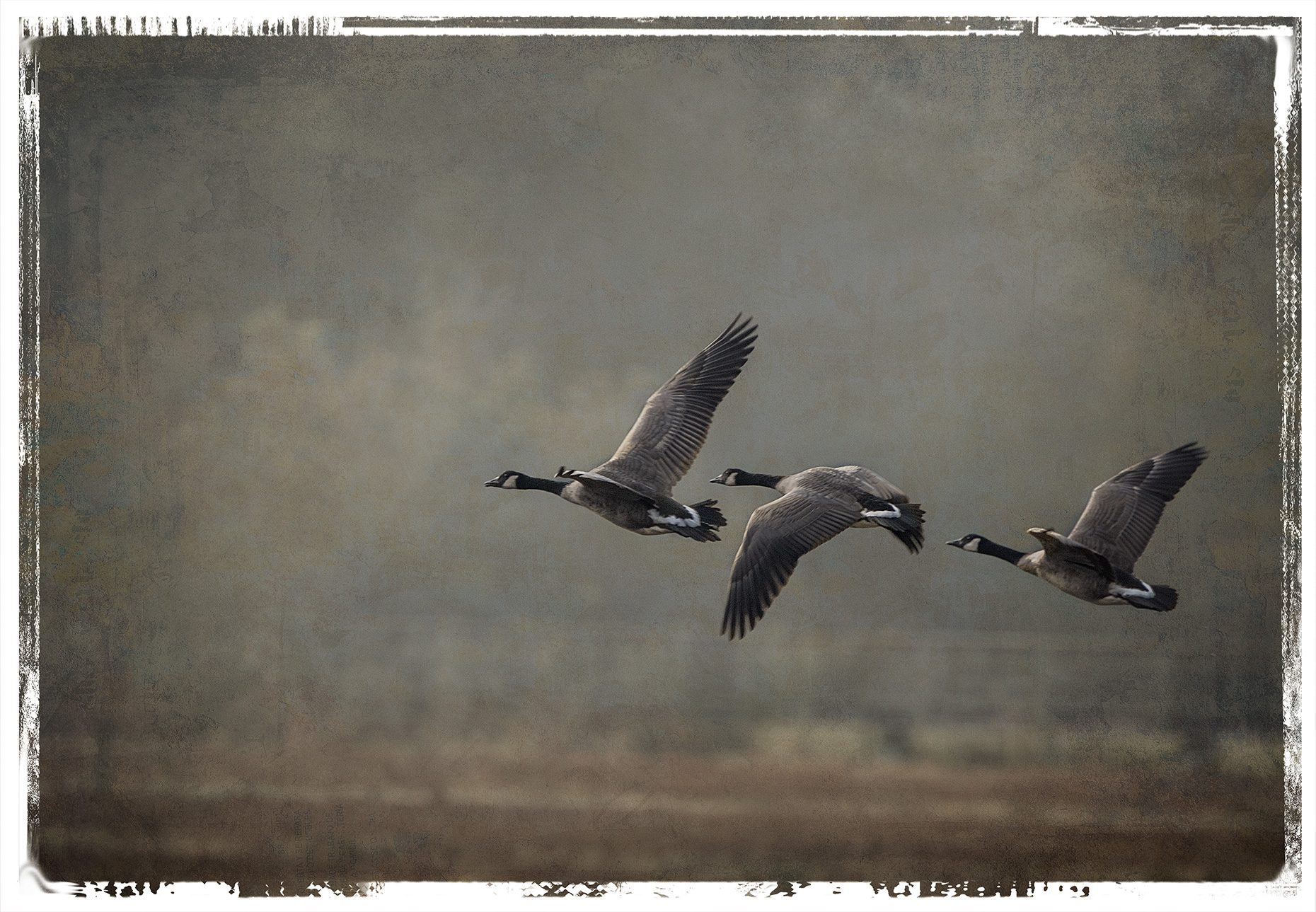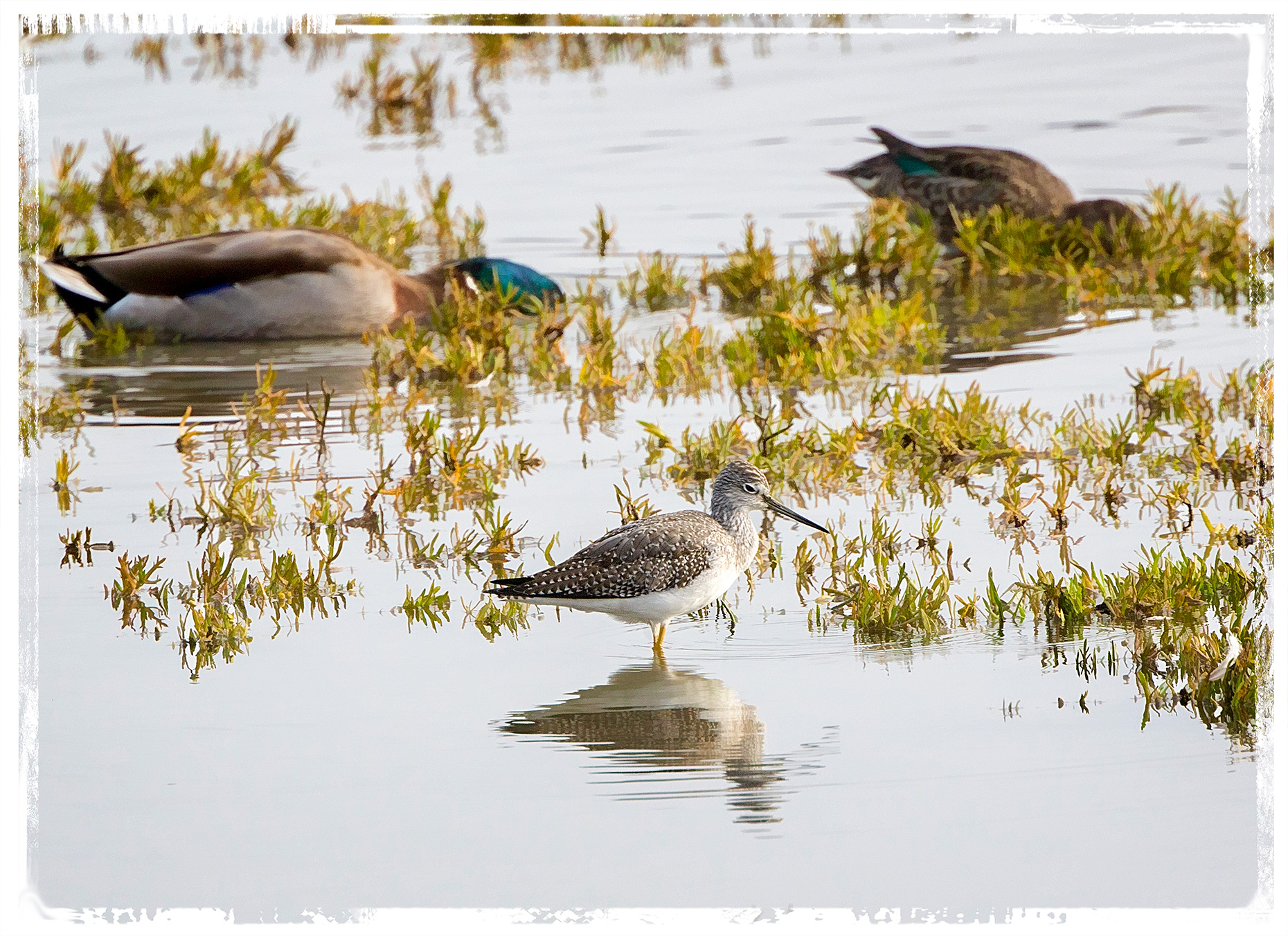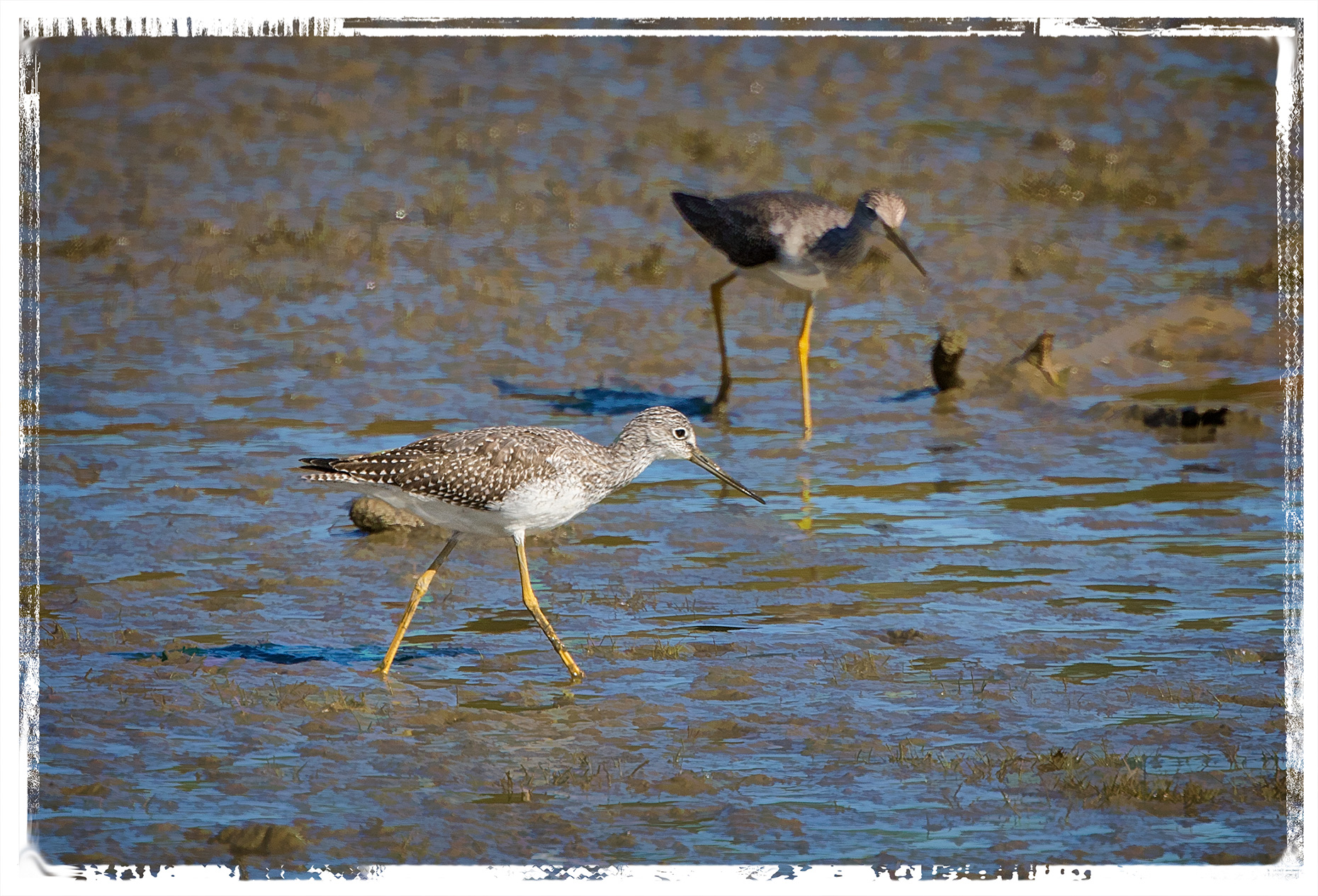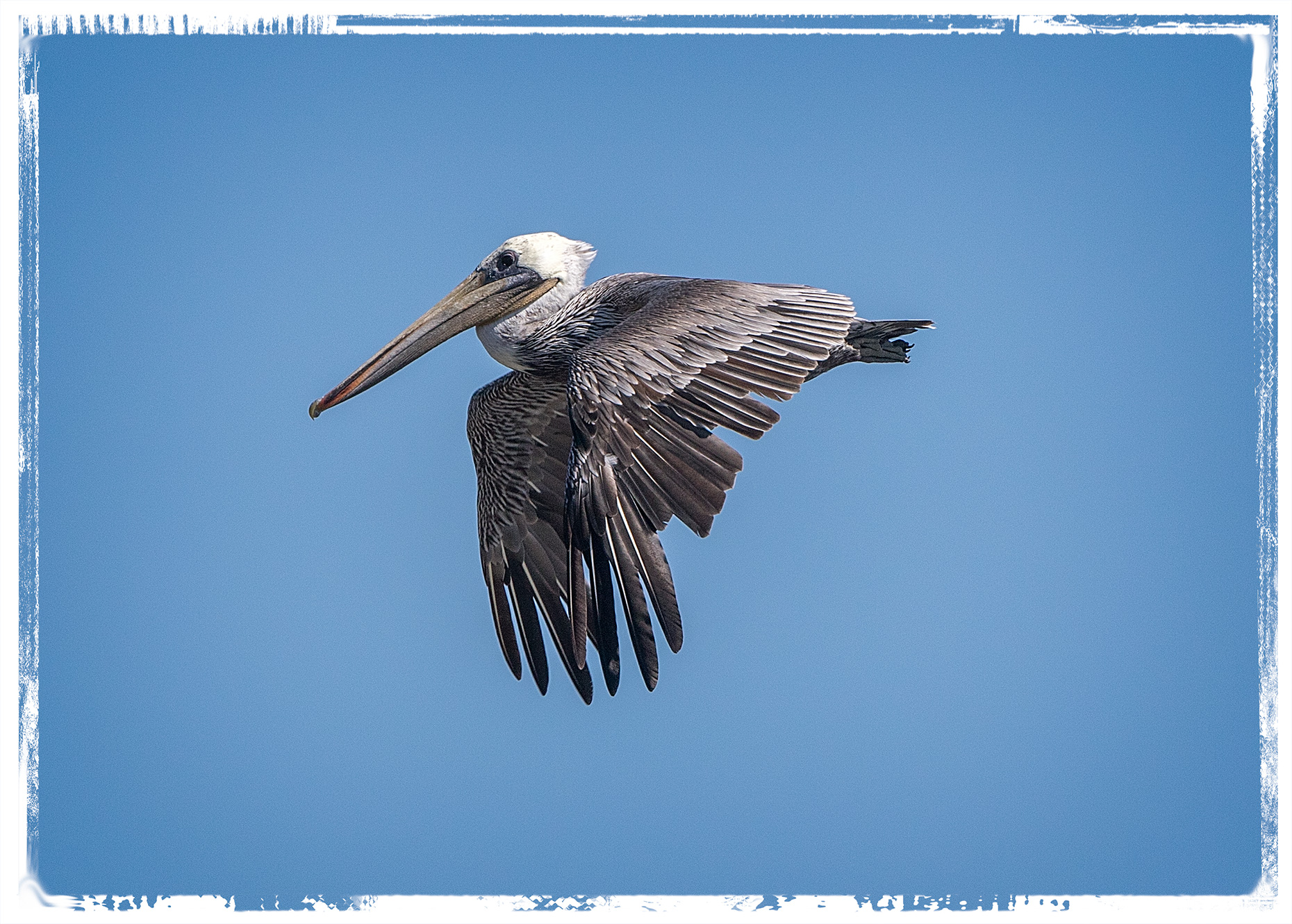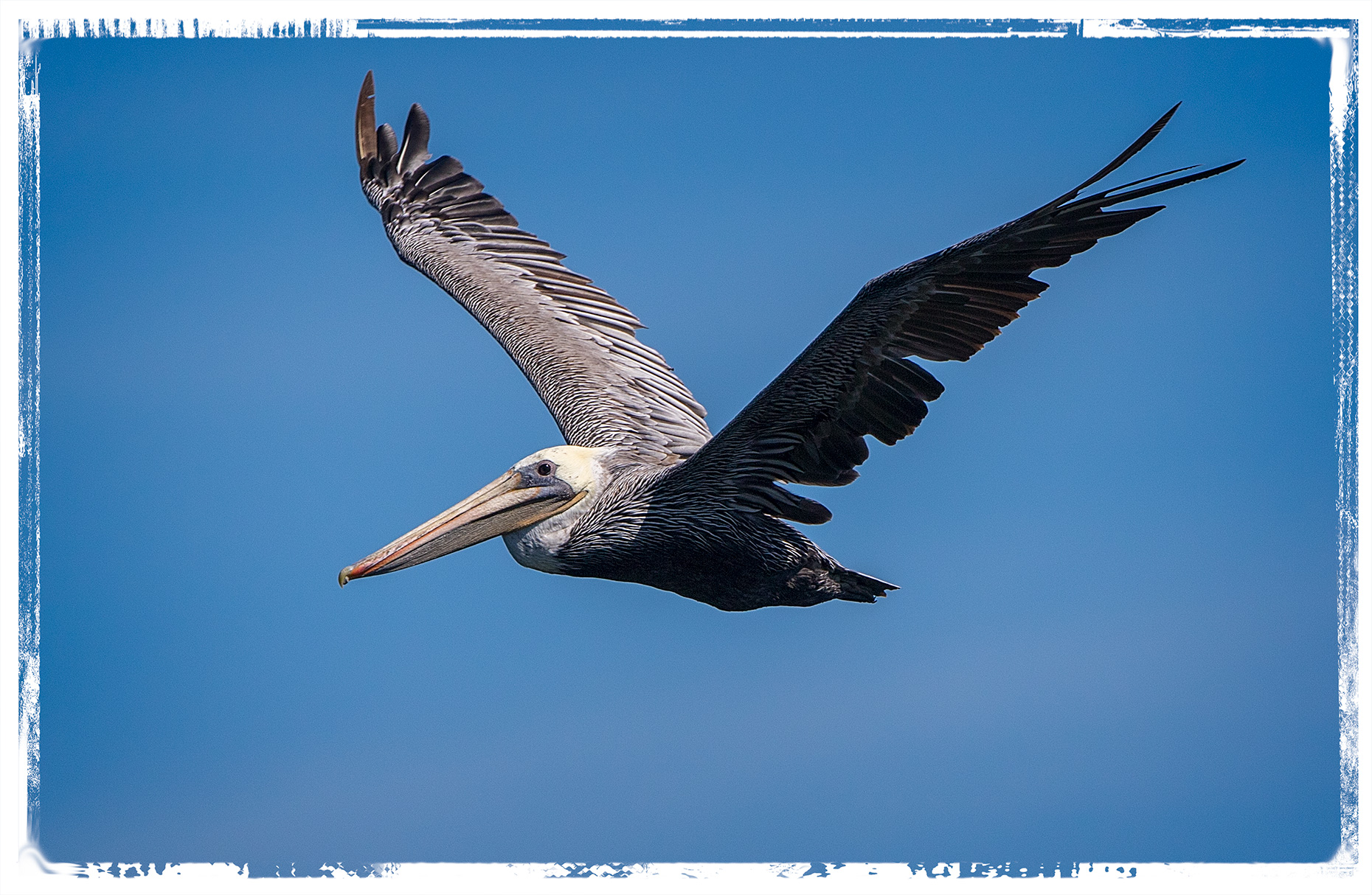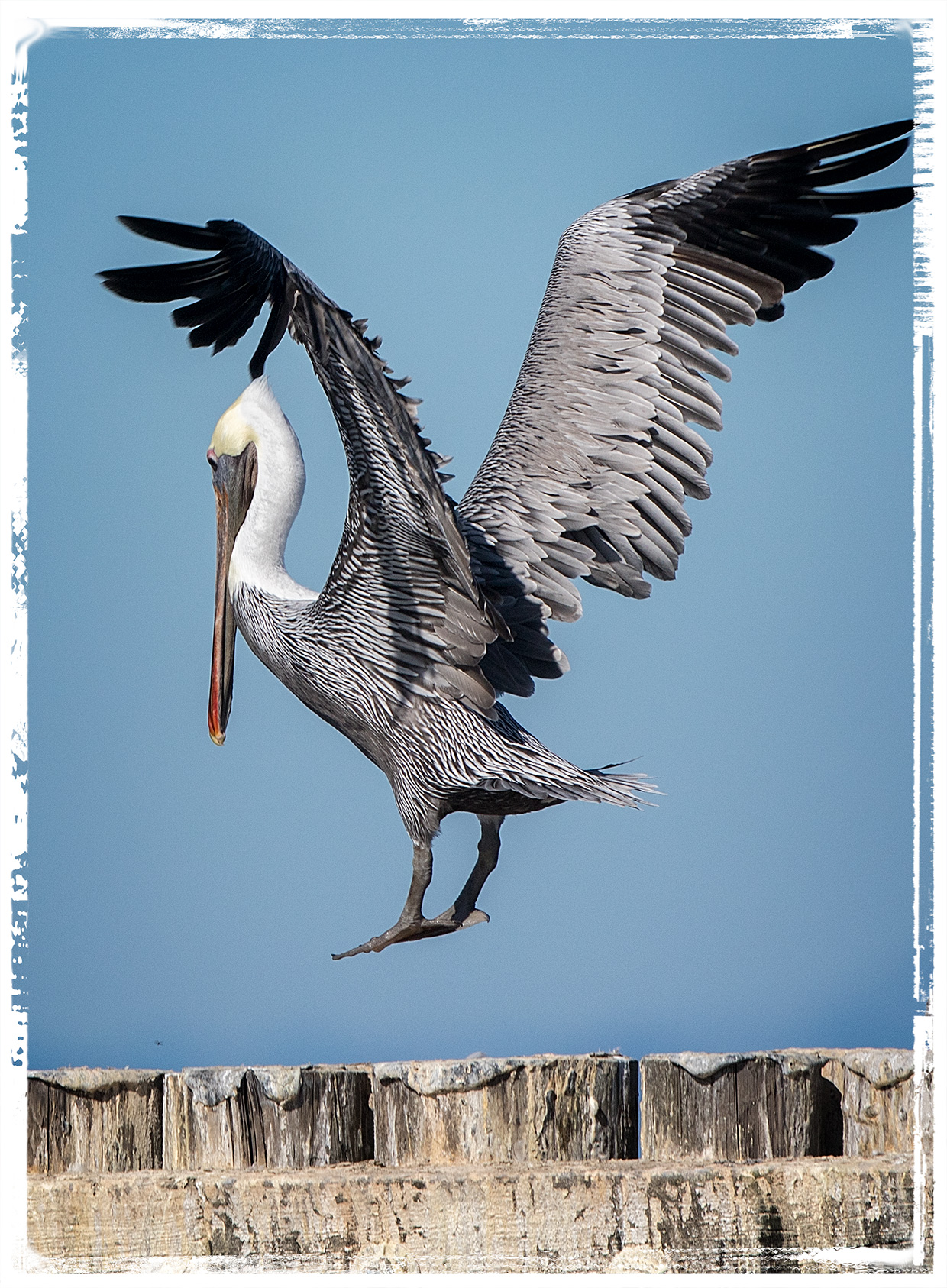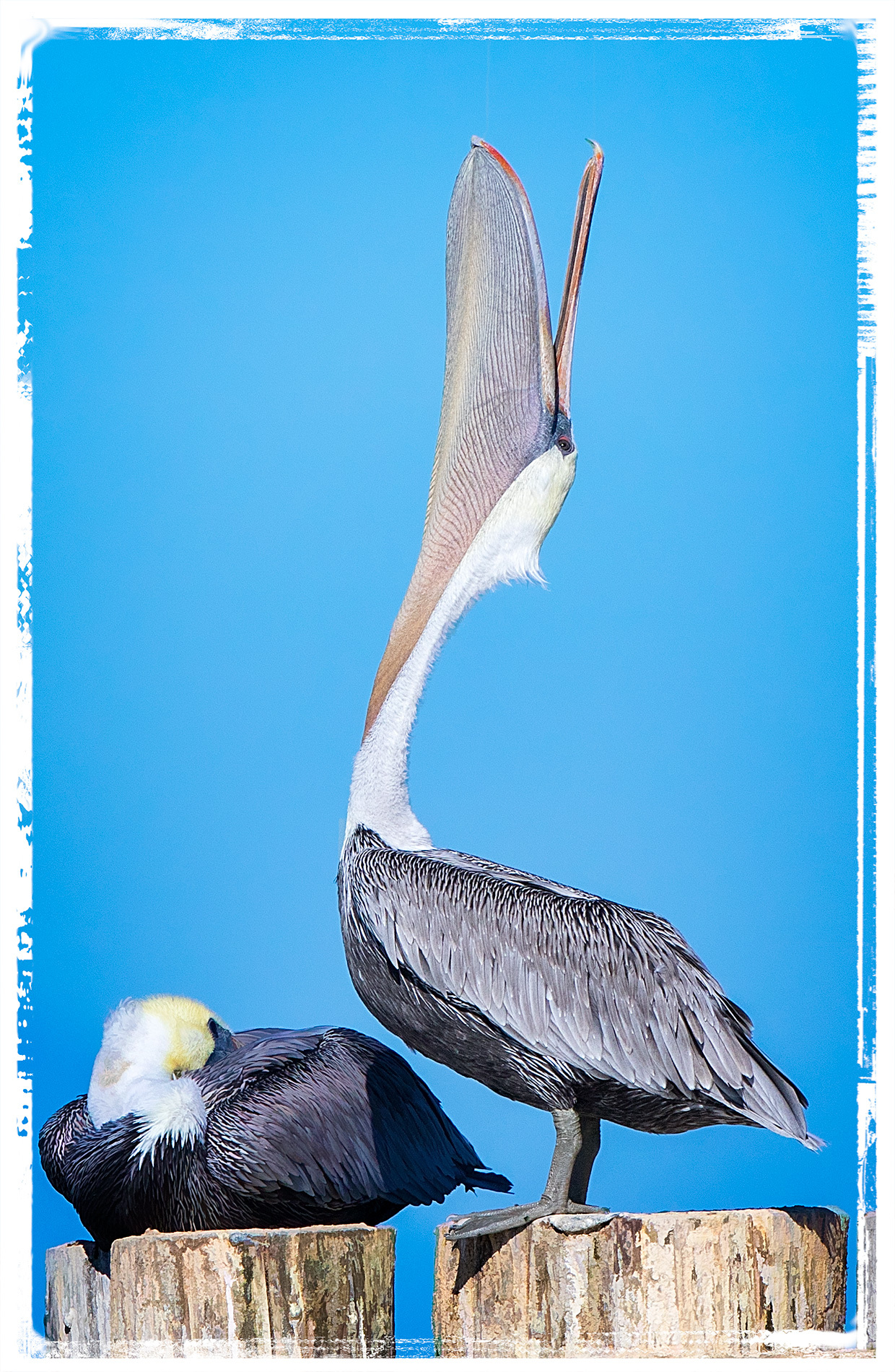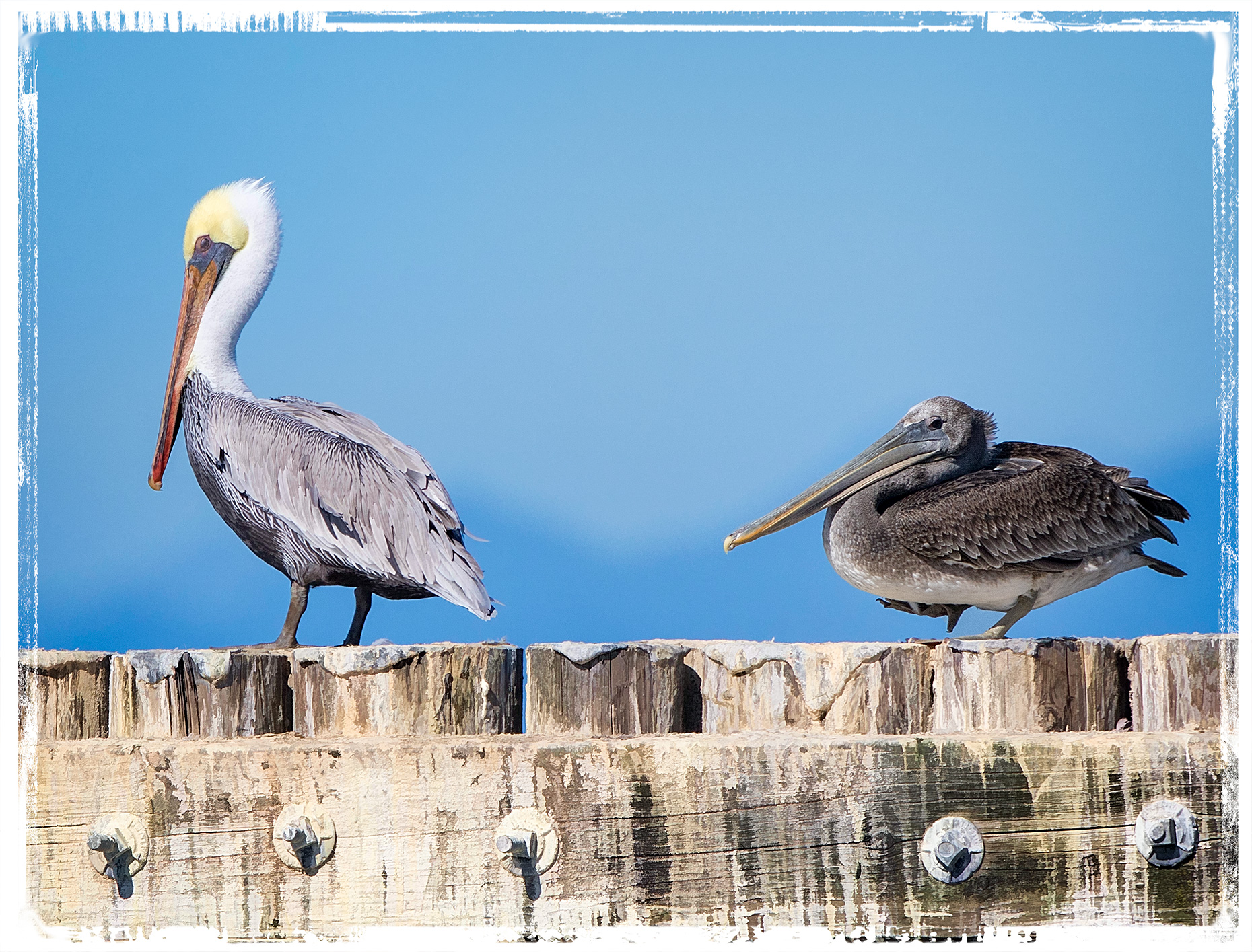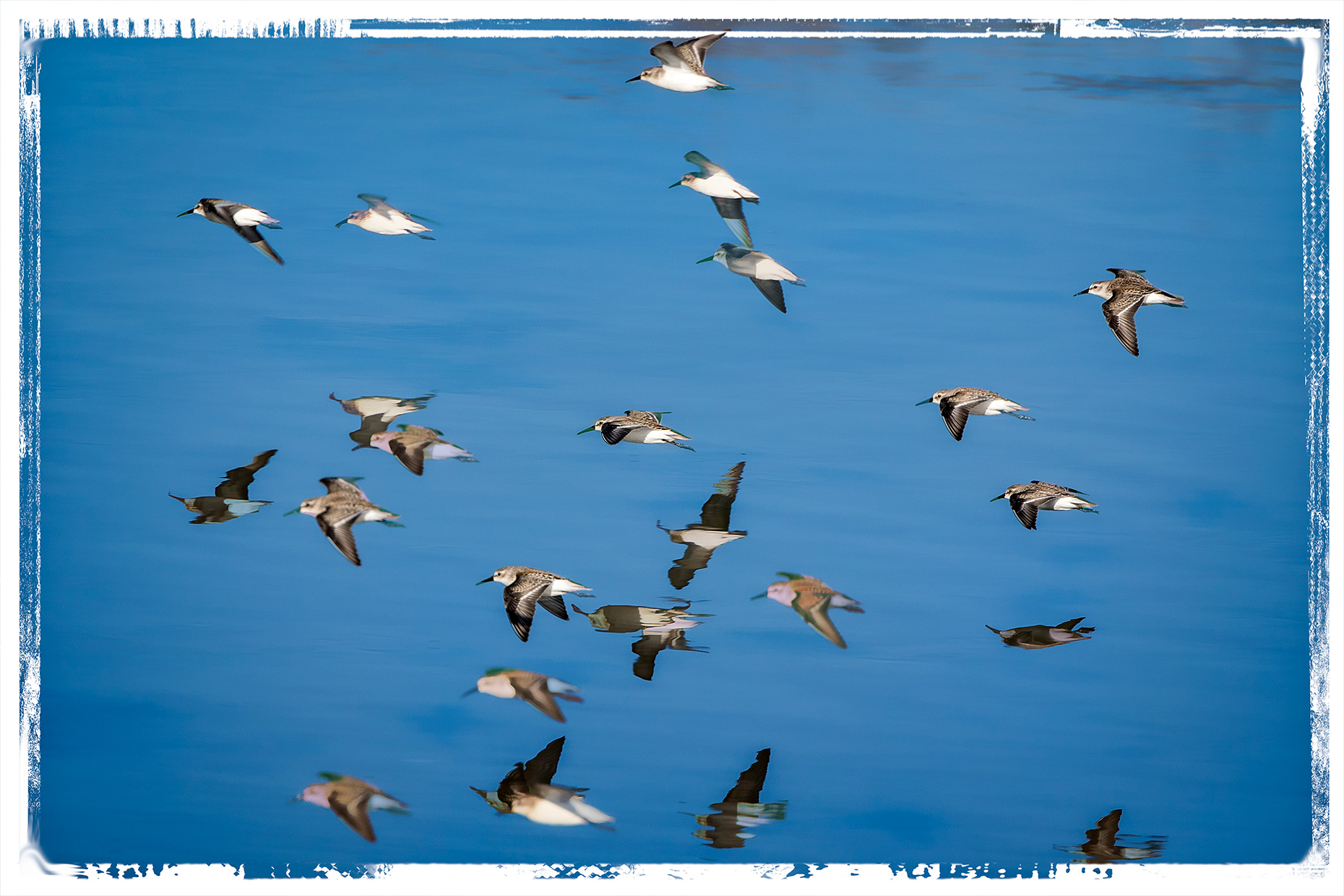I’ve been focusing on photographs lately, not poetry. That’s partly because it’s Summer and I’m fixated on my backyard and partly because I’ve had a hard time finding poetry books I want to finish.
The solution, for now, at least, was Luisa A. Igloria’s Ode to the Heart Smaller than a Pencil Eraser. I’ve been reading Luisa’s poetry off and on online for several years at Dave Bonta’s Via Negativa site (http://www.vianegativa.us/author/luisa/), but this is the first time I’ve sat down and read an entire volume of her poetry (yeah, it was a short book.) It’s short enough that I’ll only cite one poem here though her poetic style can’t truly be imparted by a single poem (see the above link).
This was one of five or six poems I most liked in the book; in the end I chose to discuss it because it reminded me of the poem that originally made me fall in love with poetry and switch my college major from Physics to English. Strangely enough, I didn’t make that connection when I first read it. It wasn’t until I started thinking about why I liked this book of poems better than a lot I’ve tried reading lately that I made the connection between the two poems. (Of course, my choice might also have been influenced by the fact that Marsh Wrens are a particular favorite as shown in numerous photos from Theler Wetlands.)
The Wren in the Lilac Cycles through Its Songs at Breakneck Speed—
And why not sing? And why not burn a track
from the tinder of the branch to the furnace of noon?
The maw of that which will devour us all,
that gapes beyond apartments and old strip malls;
the rusted iron gates over which the neighbor’s ivy creeps,
unpeopled mansions built
on mountaintops exposed, tracts of sand
over which armies of boots grind children’s bones
to dust—And why not empty
all the vessels of the throat,
the glittering receptacles of blood;
and why not break
the hundred glasses in the room
with the sharpest facets of that joy,
that long-lost twin of sorrow?
Hurry through one more refrain, as if it were
the thread in the labyrinth that could save you.
I’m always amazed that a small wren can sing such a powerful, penetrating song for so long. Its song is so unforgettable it might well “burn a track” in you mind. Once you’ve heard its song, it’s impossible to forget.
There’s a remarkable shift between the first stanza and the second stanza which reminds me of the shift often found in haiku. The singing of the wren confronts that which, in the end, destroys all, perhaps death itself. Though much of the poem is devoted to that which destroys us, in the end, it is the wren’s song that offers us hope of a way out.
When I first read the poem and marked it as a favorite, it didn’t occur to me that it was quite similar to Thomas Hardy’s:
The Darkling Thrush
I leant upon a coppice gate
When Frost was spectre-grey,
And Winter’s dregs made desolate
The weakening eye of day.
The tangled bine-stems scored the sky
Like strings of broken lyres,
And all mankind that haunted nigh
Had sought their household fires.
The land’s sharp features seemed to be
The Century’s corpse outleant,
His crypt the cloudy canopy,
The wind his death-lament.
The ancient pulse of germ and birth
Was shrunken hard and dry,
And every spirit upon earth
Seemed fervourless as I.
At once a voice arose among
The bleak twigs overhead
In a full-hearted evensong
Of joy illimited;
An aged thrush, frail, gaunt, and small,
In blast-beruffled plume,
Had chosen thus to fling his soul
Upon the growing gloom.
So little cause for carolings
Of such ecstatic sound
Was written on terrestrial things
Afar or nigh around,
That I could think there trembled through
His happy good-night air
Some blessed Hope, whereof he knew
And I was unaware.
“The Darkling Thrush” was the first poem I ever memorized simply because I loved it. I had just finished reading four of Thomas Hardy’s novels for a high school term paper, and this poem seemed to me to summarize his underlying philosophy, one he described as Ameliorism, perhaps to counter critics who thought he was really a Cynic.
At eighteen, my Idealism was beginning to be undermined by Reality. Looking back, of course, I was still far more idealistic than I was a mere eight years later after serving in Vietnam and working as a caseworker.
It’s hard to see any real reason for Hope when confronted by Trumpism and by a country that thinks it can win Peace thnrough constant warfare, but — amazingly — I still identify with that blast-beruffled Thrush and the Wren’s refrain.
Equally amazing (or frightening) is the thought that my basic philosophy of life has changed very little in over 50 years. Perhaps not too surprising, though, if you consider the fact that for many years I posted Hardy’s “The Darkling Thrush” on my blog on New Year’s day. For years I spent more time reading about nature than I did actually experiencing it. Now instead of sitting at home, or in a classroom, reading about birds I spend my days walking the mountains or wetlands experiencing them. I also seem to have come full circle in my love of poetry.
Like this:
Like Loading...
